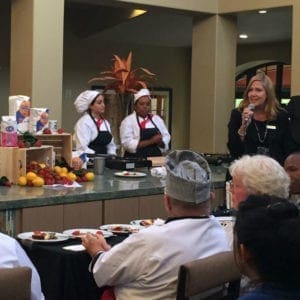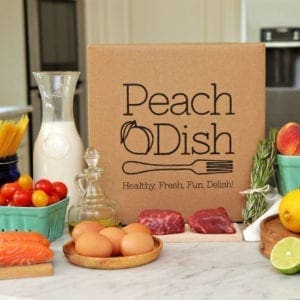Can chefs curry favor with diners? Can hardboiled consumers be sweetened with some gourmet chatter? These are some questions answered in a study conducted by CatchOn, a Hong Kong-based strategic consultancy specializing in hospitality.
The study invited 48 diners to Serge et le Phoque, a restaurant in Wanchai in Hong Kong, under the pretext that they were taking part in a taste test to help a chef refine a dish. Saffron risotto with liquorice and lime was prepared in two versions. The first version used a rich homemade chicken stock and was accompanied by a nondescript card stating the ingredients.
Diners were then asked to rate both versions according to different criteria, including quality, overall taste, aesthetics, smell and portion size. The final question asked them to choose their preferred version.
An overwhelming majority of participants (77%) preferred the second version with the inferior ingredients. This version also rated consistently higher in terms of perceived quality, overall taste, aesthetics, smell and portion size. Interestingly, portion sizes of both versions were identical.
The findings underscore the importance of a chef’s personality in today’s food-obsessed world. It explains the growing phenomenon of celebrity chefs and diners’ insatiable appetite for interacting with them to authenticate and elevate the gastronomic experience.
Moreover, it points to the growing importance for chefs to also be effective communicators. “There was a time when a chef spoke only through what was served on the plate,” notes Virginia Ngai, CatchOn’s Director of Strategy. “It’s hard to imagine legendary chefs from Fernand Point to contemporaries like Marco Pierre White having to charm diners into embracing their food. But this the reality of what it takes for chefs to be successful today. They’ve got to be equal parts scientist, artist and storyteller to stand out.”
The study is part of CatchOn’s ongoing exploration of hospitality trends. In April 2015, CatchOn released its second “Future of Food” report, identifying the trends and topics that will shape the food industry in the coming years. CatchOn is a strategic marketing and communications consultancy specializing in hospitality, F & B, and design.

 The quantifiable findings illustrate the respondents’ preference for the second version. The graphs above illustrate the ratings of both dishes across different factors on a scale of 1 to 5, along with the respondents’ overall enjoyment of the dishes – which indicates that the second version (3.81) was rated higher than the first version (3.35) even though the first version comprised higher quality ingredients
The quantifiable findings illustrate the respondents’ preference for the second version. The graphs above illustrate the ratings of both dishes across different factors on a scale of 1 to 5, along with the respondents’ overall enjoyment of the dishes – which indicates that the second version (3.81) was rated higher than the first version (3.35) even though the first version comprised higher quality ingredients


















